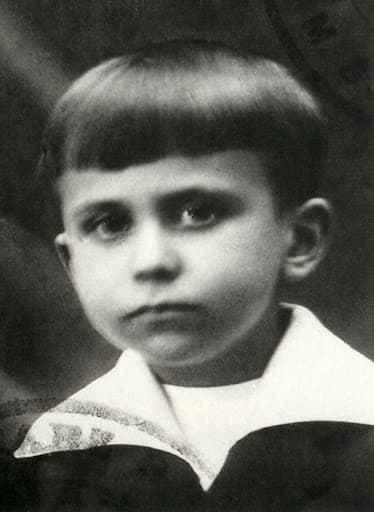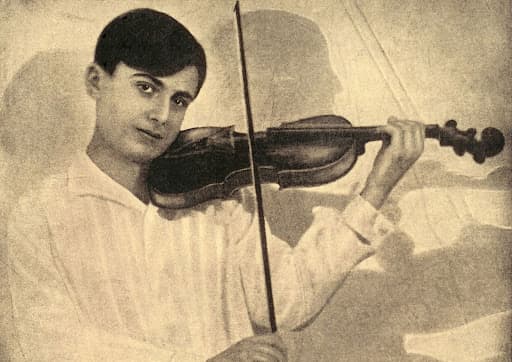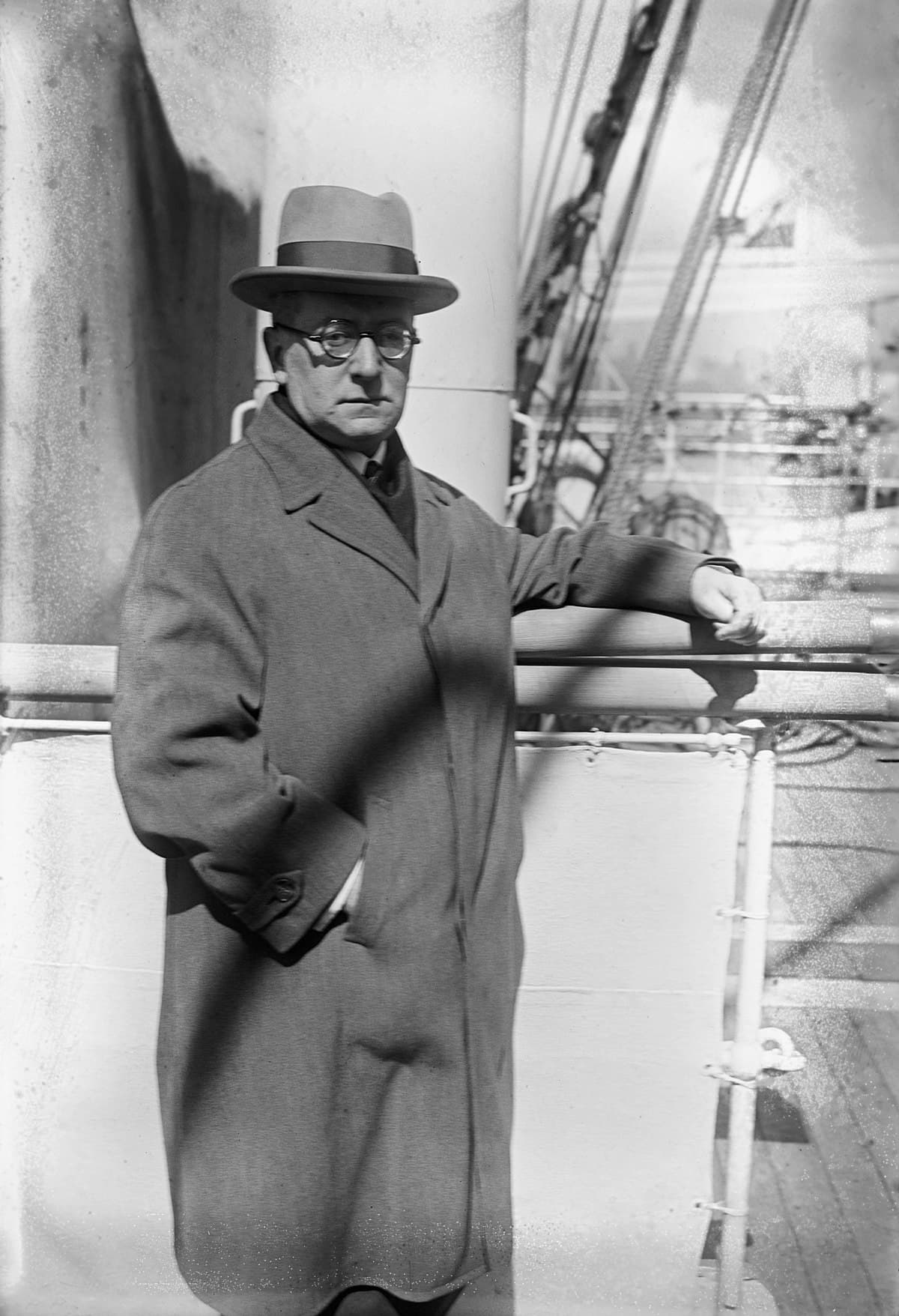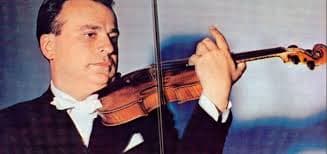For some listeners and critics, Henryk Szeryng’s “steely tenacity and intellectual firepower lurked just behind the gracious surfaces.” However, as pianist Arthur Rubinstein famously stated, “Szeryng’s playing reduce me to tears… Real music lovers want emotion, great moments, which Szeryng’s playing gives them.” Szeryng recorded roughly 250 discs, including the 1971 world-premiere recording of Paganini’s Violin Concerto No. 3; it sold more than 150,000 copies.
Henryk Szeryng Plays Paganini’s Violin Concerto No. 3, “1st Movement”
First Steps

Henryk Szeryng as a boy
Did you know that Henryk Szeryng and Frédéric Chopin share the same birthplace, Zelazowa Wola, in Poland? Henryk, however, was born on 22 September 1918 into a wealthy Jewish industrialist family. Musically precocious, Henryk started piano and harmony lessons with his mother at the age of five, but two years later he turned to the violin. His talents were immediately apparent, and he took lessons with Maurice Frenkel, a student of Leopold Auer in St. Petersburg.
Szeryng studied with Frenkel for two years, and he credits one of his most valuable instructions to his teacher. Apparently, Frenkel told him “when playing the violin, your left elbow has to be exactly on the level of your heart.” Szeryng auditioned for Bronislaw Huberman in 1927, who attested him “great talent with hands like Jascha Heifetz.” Huberman also advised that the young prodigy should further his studies in Berlin and Paris.
Wolfgang Amadeus Mozart: Violin Concerto No. 5, “Turkish” (Henryk Szeryng, violin; South West German Radio Symphony Orchestra, Baden-Baden; Ernest Bour, cond.)
Berlin

The young Henryk Szeryng
Szeryng credits Huberman for him becoming a violinist, and by 1928, young Henryk moved to Berlin. As he recalled, “My first year was particularly difficult, I was only 10 and my knowledge of German was rather inadequate.” Initially, he studied with Willy Hess, whose father had been a student of Ludwig Spohr, and Hess had taken lessons with Joseph Joachim for two years in Berlin.
However, the greatest impact on Szeryng’s playing came from Carl Flesch, with whom he studied in Berlin for roughly four years. Szeryng was in a class with Arrigo Pellicia, Roman Totenberg, Henri Temianka, Josef Wolfsthal, Ida Haendel, and Ricarod Odnoposoff. As Szeryng remembered, “to study with such an eminent teacher had a great impact on my. Not only can you get so much advice from him, but you can also enrich your knowledge by listening to his truly brilliant students.”
Henryk Szeryng Plays Bach’s “Fuga” from Sonata No. 1
Carl Flesch

Carl Flesch
Szeryng always remembered Flesch as “a disciplinarian, a technician,” and acknowledged that “everything I know, violinistically speaking, I learned from him.” Apparently, Flesch had a difficult personality, but he had the ability to select the very best in exercises and technical studies that would help to develop the fingers of the left hand. According to Szeryng, “he analysed violin technique in such a thorough, meticulous way that there was nothing left to chance.”
For Szeryng, Flesch was also a great violinist. “His playing was excellent, secure, perfect. Each time he took his instrument and played a work for a student to explain his remarks on the student’s performance, you would have said that he must have been practicing at least for a week or a fortnight. This was part of his greatness.” Yet, when the student was playing, “he was making notes, very quickly in his own signs, very easy to explain, very logical. Then he analysed with the student what he had to criticise in front of all the fellow students.”
Édouard Lalo: Symphonie espagnole, Op. 21 (Henryk Szeryng, violin; Chicago Symphony Orchestra; Walter Hendl, cond.)
Paris

Henryk Szeryng
Szeryng made his debut as a concert artist on 6 January 1933. In a performance in Warsaw he played the Brahms Violin Concerto under George Georgescu. Szeryng quipped, “If there was anybody who loves beauty, it was Brahms. I feel very close to Brahms, let’s hope that Brahms feels close to me!” Szeryng went on to Paris to audition for the Polish Prime Minister and composer Ignaz Paderewski, and described him as “radiating so much goodness, so much dignity.”
On 17 December 1933, Szeryng first appeared on stage in Paris. Once again, he performed the Brahms Violin Concerto at the Salle Pleyel under Pierre Monteux. Additional concert appearances in Warsaw and Vienna quickly followed, and Szeryng would study under the guidance of Jacques Thibaud in Paris between 1935 and 1936. But it was an interest in composition that kept him in Paris until 1939, when he was taking lessons with Nadia Boulanger.
For additional and more detailed information, please visit http://www.henrykszeryng.net
For more of the best in classical music, sign up for our E-Newsletter
